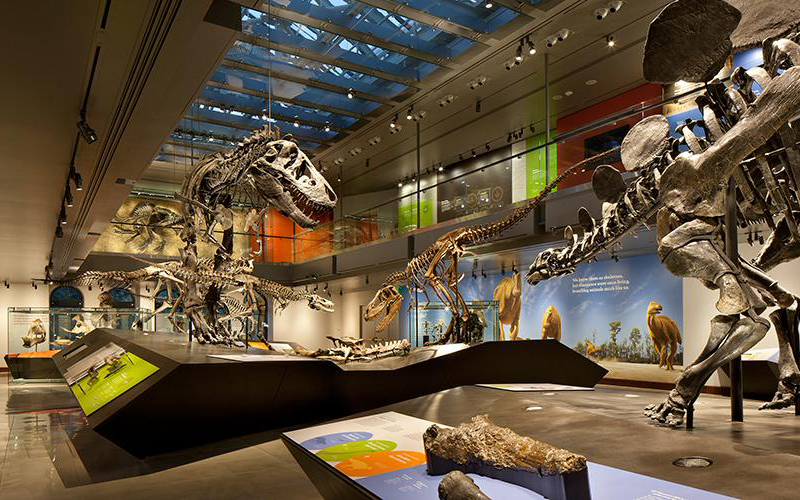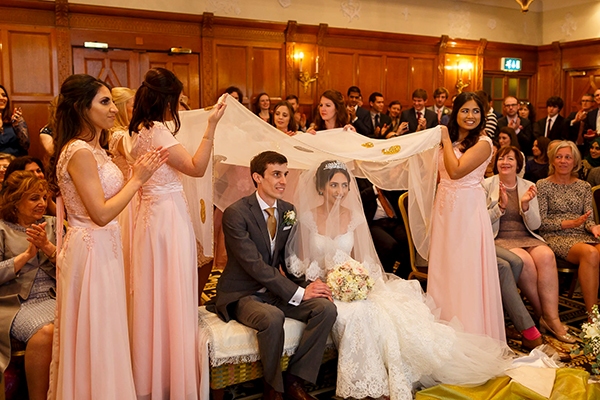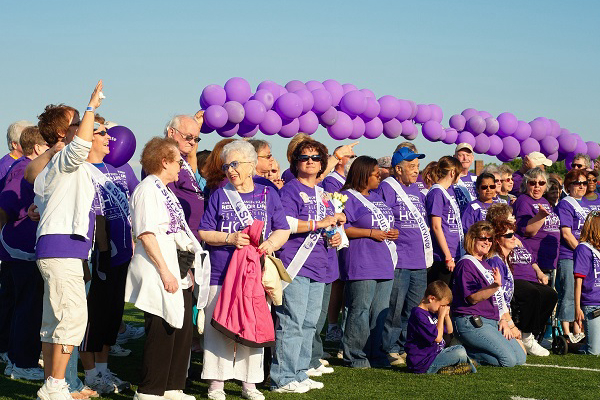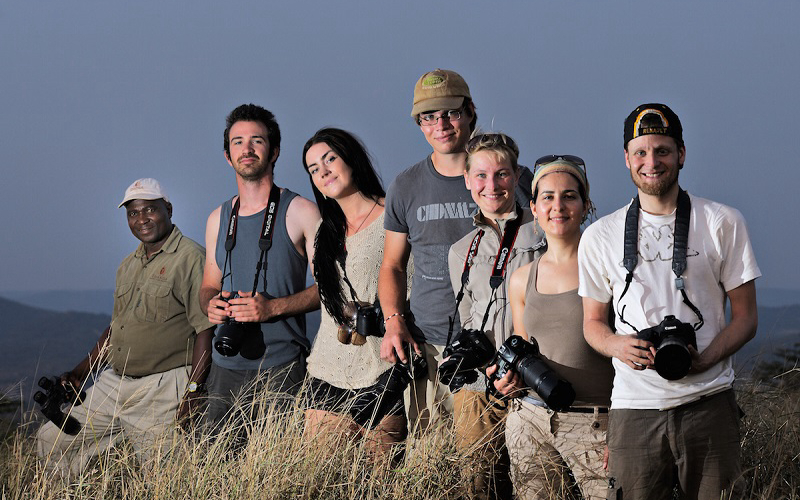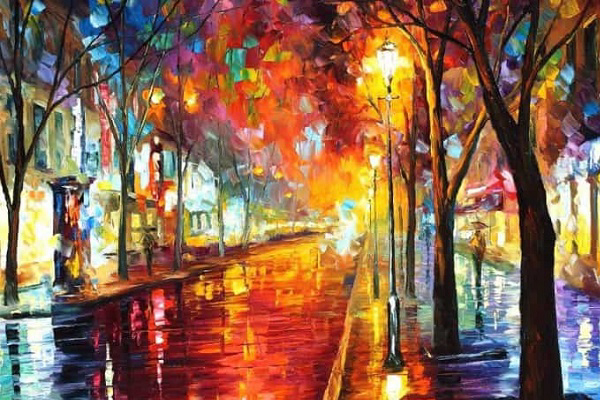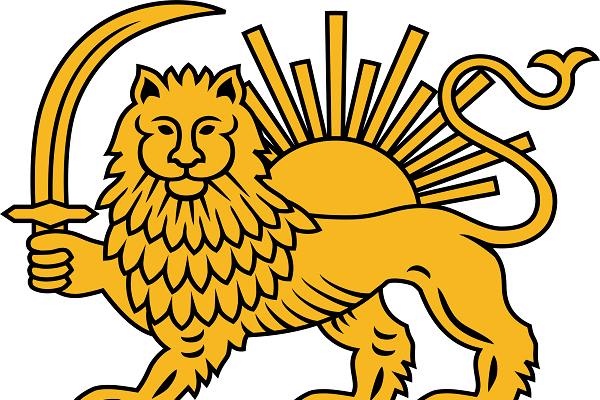Right here in Southern California we have a wonderful museum that has much more to offer than you would think. Bowers Museum, which opened back […]
Read more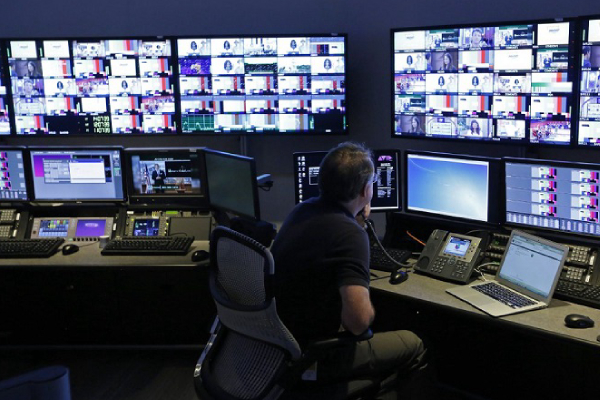
Kasra, Connecting the Persain community to Hollywood
The presence of U.S. based TV networks serving the Persian audience worldwide has been the raising ground for many young journalists who are
active in various fields of journalism. OCPC was able to get one-on-one with Kasra Ghanei, one of the leading journalists active in reporting on American cinema and entertainment. Kasra is an internationally recognized television reporter and personality, currently contributing to PBC television network and Tapesh Magazine. PBC is currently rated as one of the most watched Persian satellite network serving the global Persian speaking public.
It’s been a few years since satellite TV technology improvements and the proliferation of satellite dishes have linked Persian communities in the
Middle East to Persian communities living in the West, initiating a cultural communication channel between both peoples that had been largely sealed
for more than two decades.
Today, over twenty U.S.-based television networks serve the Persian community with American and Persian made content and programming. These outlets, who compete fervently with each other, rely on meager advertisement revenues that serve as the only source of their delicate existence. Aside from the difficulties, however, which are mostly creative, financial and resource oriented– not uncommon even among their American counterparts, few of these media outlets along with their journalists are playing a major role in connecting the Persian community to American culture and society.
Generally speaking, reporters such as Kasra agree that the Persian speaking television viewer is a Western-exposed viewer with enormous interest in American cinema and culture. “Dating back several hundred years, the
significant influence of British, French and later American cultures and arts
on contemporary Persian society and lifestyles, has instilled an anecdotal fascination for Western offerings among Persians” says Kasra . He continues
to add that “This fascination continues to exist today, in particular, when dealing with Hollywood films and celebrities.”
Kasra who himself admits to bearing a deep interest in American arts and cinema, has been active in the frontlines of Hollywood’s biggest events and gatherings. Persian T.V. viewers have become accustomed to watching him interview America’s biggest stars and celebrities from the red carpet. From
his unprecedented interviews with celebrities such as Brad Pitt, Omar Sharif, Adam Sandler, John Travolta, Brendan Fraser, John Voight, James Caan,
Terry Hatcher, Ed Harris, Salma Hayek, Joel Silver, Christian Bale and
George Clooney, to his most recent interviews with the legendary directors Steven Spielberg and James Cameron, Kasra has proven to be an effective journalist reporting from the heart of American entertainment’s biggest events.
In many instances, Kasra believes that “reporters like [himself] have been the only representatives of the Persian speaking community” at important international conventions and gatherings. Recently, when star-athlete David Beckham was in Los Angeles at the opening events of the David Beckham Soccer Academy of Los Angeles, the young journalist was there to grab a
one-on-one interview with the celebrity soccer player.
The interview was aired as part of a David Beckham program special which rated very high among the millions of viewers who tuned in worldwide. Or, in another occasion, Kasra was able to place his microphone in front of Oscar-winning film maker Michael Moore and grab the latest scoop on his upcoming project that may or may not be a sequel to Fahrenheit 911. This kind of
access to important international luminaries is notable for the Persian community, as they feel caught up to the events that are occurring all around their communities. But, more importantly, they feel a closer connection to the rest
of American community.
Persian journalists have been instrumental in the discovery of the rising trend
that proves Persian actors, writers and filmmakers are, more than ever before, connected to many of Hollywood’s best motion pictures. While most Persians are aware of Shohreh Aghdashloo’s magnificent performance in House of Sand and Fog (earning her the well-deserved Oscar nomination), there are also other great Persian artists with which the community is not as familiar. One example would be when Kasra met the talented Massy Tadjedin, the screenwriter for
the Hollywood film titled The Jacket, starring the Oscar winning actor Adrien Brody. Once Kasra interviewed Massy on the red carpet, he learned that she was indeed a 27 year old Persian writer/film maker with an English degree
from Harvard. Or at the premier of Oscar winning producer and writer Paul Haggis’ stunning film, Crash, Kasra was able to interview the two Persian
actors in the film, Shaun Toub and Bahar Soomekh, along with Paul Haggis himself. Many remember Paul Haggis from his Best Picture Oscar winning
film, Million Dollar Baby.
The news of these overachievers’ success serves as inspiration to Persian artists, no matter where they live in the world. It also serves as a reminder to the Persian community that their artists are involved in the very center of American culture and society
Reporting on arts and cinema is comparable to light US entertainment
for most Persians living in the U.S. and abroad. However, if it wasn’t for journalists such as Kasra, the Persian community would not be able to learn about the achievements of these hard working artists. Without that, it’s
unlikely that our community would be able to uphold its artists. Fortunately,
such journalism serves as an important bridge between the two cultures and
that is very rare to find in today’s geopolitical environment.

